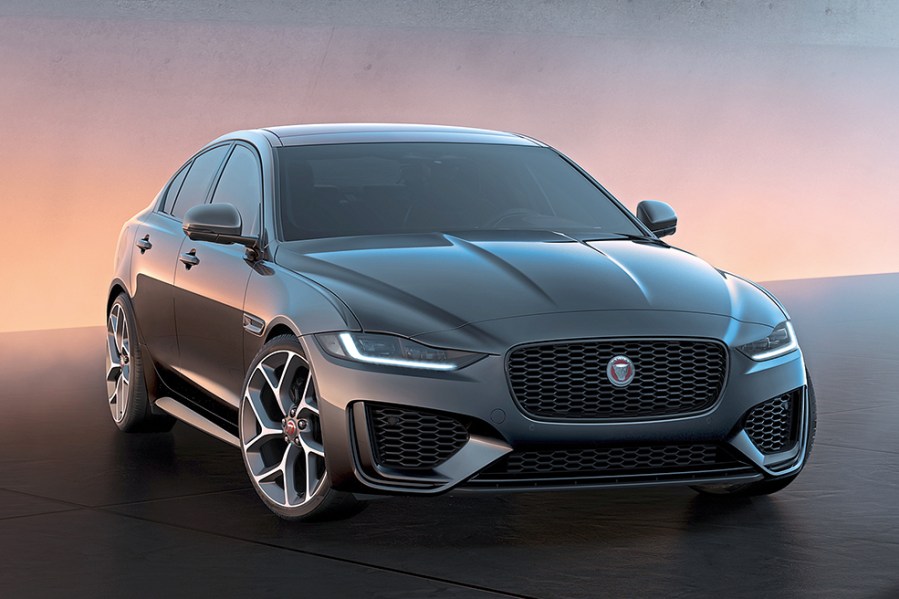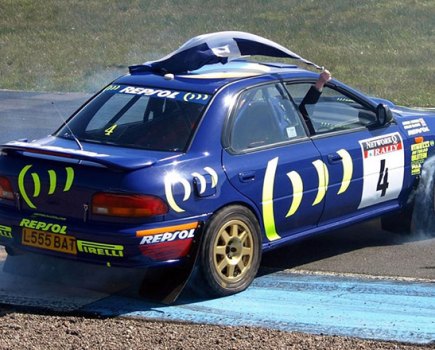As JLR announces major Halewood developments and pushes ahead with future electric plans, Jaguar sales fall dramatically in Europe – with production of current saloons ‘paused’
Words: Paul Guinness
The decline of Jaguar, one of Britain’s best-loved historic marques, has a new twist thanks to plunging sales in 2022, which have seen it falling behind Alfa Romeo – a company that’s famously had its own struggles – in terms of European success. Showing confidence in the marque, however, JLR is pushing ahead with Jaguar’s all-electric plans, set to start coming on stream from 2025.
Jaguar’s current sales appear to be in freefall, with Italy’s troubled Alfa Romeo brand overtaking it in Europe. To the end of July, Alfa’s 2022 European new-car sales totalled 16,145, up two per cent year on year. This compares with 15,449 Jaguar sales, a figure that represents a massive fall of 41 per cent for the British brand.
With Jaguar’s current production still impacted by the ongoing semi-conductor shortage and other supply issues affecting manufacturers around the world, any attempt to maintain or even increase production is fraught with challenges. But Jaguar’s problems are more complex, as JLR focuses the company’s production priorities on high-value Land Rovers and Range Rovers which generate the most profit.
As a result, production of both the entry-level XE and larger XF saloons has been ‘paused’ at Castle Bromwich. JLR’s official line is that each model will re-enter production once parts supplies are back up to speed, but some onlookers are doubtful this will happen. French analyst company, Inovev, suggested earlier this year that the XE and XF are now permanently discontinued. During the first seven months of 2022, Jaguar sold just 448 examples of the XE across Europe, plus 382 XFs, according to automotive research company JATO Dynamics.

Jaguar sold just 448 examples of the XE across Europe in the first seven months of 2022; production is now ‘paused’
Despite Jaguar officially offering twice as many different models as Alfa Romeo, the troubled Italian brand is now the bigger seller of the two. Jaguar’s bestselling model remains the British-built F-Pace SUV, though sales to the end of July were down 38 per cent in Europe to just 5760 units.
Among Jaguar’s line-up, only the second-placed I-Pace (the company’s sole all-electric model) was able to stop the rot, with sales of 4193 matching those of the same period last year – a figure that offers little encouragement, however, given the booming demand for battery-electric vehicles throughout Europe in 2022.
Poor sales figures are nothing new for Jaguar. Back in 1980, the company sold just 14,000 cars worldwide; and even at the time of Ford’s takeover of the by-then privatised company at the start of the 1990s, annual production still stood at an unimpressive 43,000 units. It should be remembered, however, that throughout the 1980s and early ’90s, Jaguar was effectively a two-model company, with only the XJ saloons and XJ-S sports cars to offer buyers. Fast-forward to 2022 and there are currently six model lines officially listed by Jaguar.
In a recent statement to investors, JLR’s chief finance officer, Adrian Mardell, confirmed that the current focus is on higher-margin models: “It’s pretty clear that once we can build all of the Range Rovers, Range Rover Sports, Defenders, Velars and Evoques, then we will need to stimulate demand in some of these other nameplates, the lower transacting value nameplates.” Mardell suggested this would include “Jaguar sedans”, but with the company set to reinvent Jaguar as a premium all-electric brand from 2025, doubts remain over the future of the XE and XF.

JLR’s production priorities are on high-value Land Rovers and Range Rovers, with longer-term electrification a focus for both its Land Rover and Jaguar ranges
Jaguar’s next generation is expected to be a range of battery-electric crossovers, with a deliberate move upmarket that suggests a starting price somewhere in the region of £90,000, potentially alienating the brand from its current customer base. Using a brand new platform codenamed Panthera, the newcomers are likely to push well into six-figure prices further up the range, putting them at the heart of Porsche and Bentley territory. Company CEO, Thierry Bolloré, is positioning Jaguar as a low-volume, high-profit marque from the second half of this decade.
Meanwhile, JLR has announced major upgrades for its Halewood plant over the coming years, as the company introduces an increasingly electrified line-up of Land Rovers and Range Rovers. And as part of such plans, it is launching a Future Skills Programme, which will see more than 10,000 JLR and franchised dealer employees in the UK – plus a further 19,000 across the rest of the world – trained in skills that the company says are “vital to electrification, digital and autonomous cars.”






